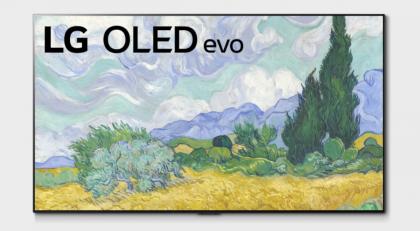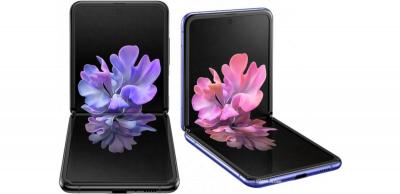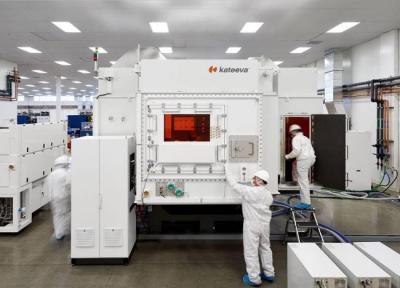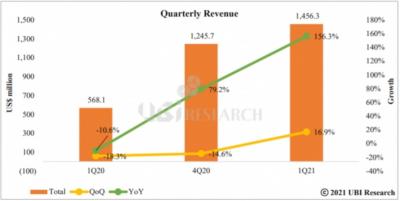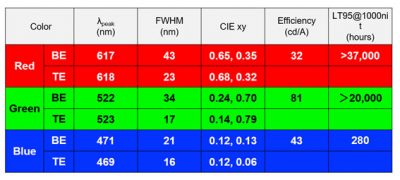DSCC lowers its foldable OLED shipment forecast to 75.6 million units in 2025
Last year DSCC estimated that the foldable OLED market will grow to 94 million panels by 2025. DSCC now updated its forecasts, and lowered its estimates to 75.6 million units in 2025.
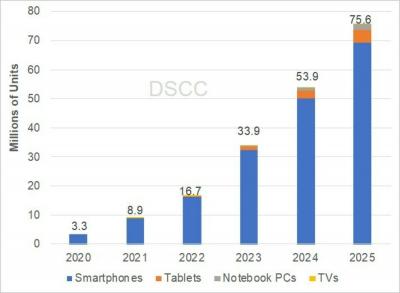
DSCC sees Apple starting to adopt foldable OLEDs in 2023, which will boost the total market and will lead to other companies adopting foldable displays. DSCC expects foldable and rollable panels to grow at an 87.5% CAGR from 2020 to 2025. Smartphones will dominate with a market share of over 92% during the entire forecast period.


